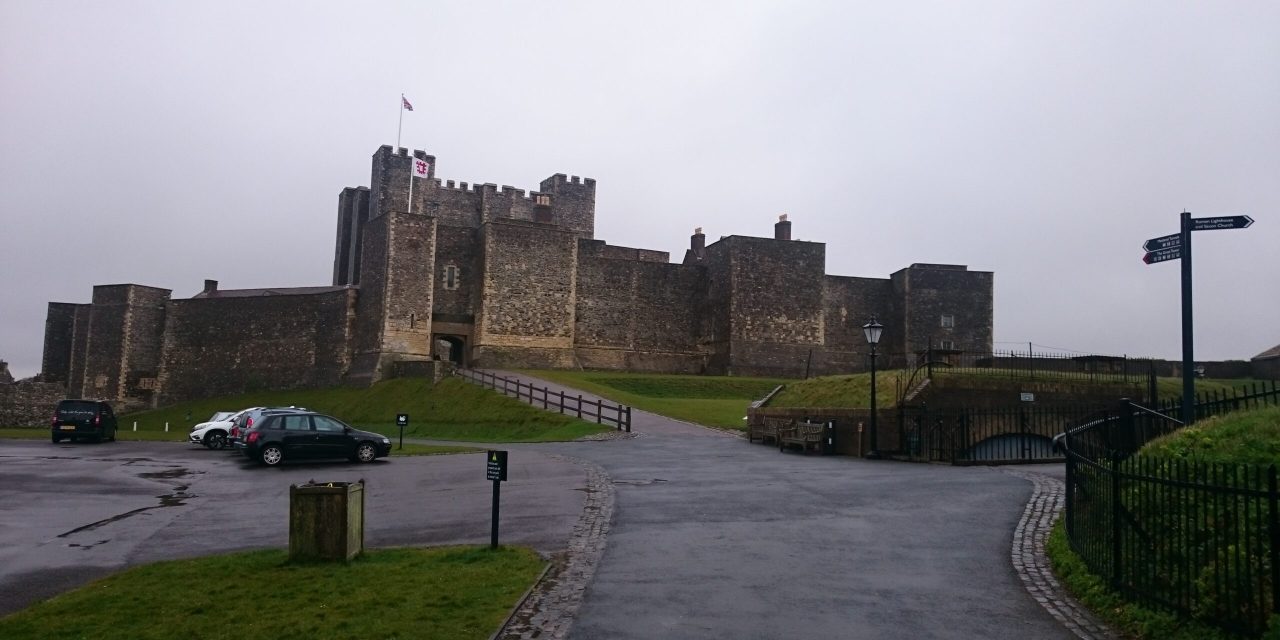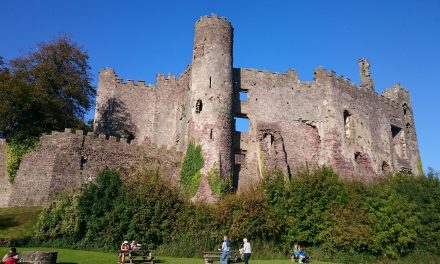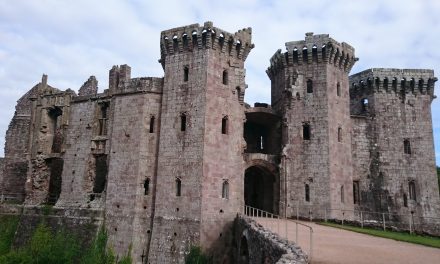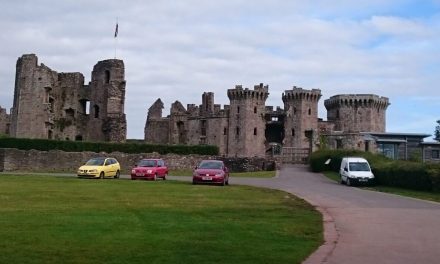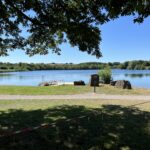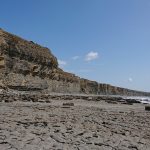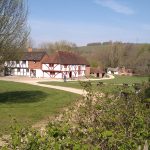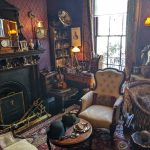Throughout history, there have been many different types of castles that had been built for a variety of reasons. Whether this is to provide living quarters or a safe space away from invaders, castles are an interesting part of our history, and each one has its own story to tell. Norman castles are a particularly unique part of history.
The Normans invaded England in 1066 to kill the King of England, and they were successful in their aims. After the king was dead, they wanted to take over the entire country. To be able to do this successfully, they needed to build defences to protect themselves against threats while they advanced across the rest of the country. This involved building castles to assert their power while they worked to take control of England.
What to expect from our article
- 1 What Were the First Norman Castles Called?
- 2 What are Norman Castles?
- 3 Where Was the First Norman Castle Built?
- 4 Why Were Castles Built in Norman Times?
- 5 What are the 5 Features of Norman Castles?
- 6 What Were Norman Castles Like?
- 7 How Many Castles Did the Normans Build?
- 8 Why Were Castles Built in Norman Times?
- 9 How Did Normans Live?
- 10 Are the Normans Vikings?
- 11 What Religion Were Normans?
What Were the First Norman Castles Called?
The very first Norman castles that were built in England were called Motte and Bailey castles. The term ‘motte and bailey’ comes from the Norman French words for the mound and enclosed land. The Normans brought the Motte and Bailey castles over to England when they invaded the country in 1066.
What are Norman Castles?
Norman castles were designed for a different purpose than other castles, and they were not defensive structures like the burhs. Instead, Norman castles were designed and built in order to intimidate the conquer Anglo-Saxons and remind them of the great power that the Normans possessed.
A Norman motte and bailey castle could actually be built very quickly, unlike some other types of castles. In some cases, it only took a few days to fully build one castle. The wooden structure of a Norman castle was much more vulnerable to damage than a stone castle. Though they could be built very quickly, they could also be more vulnerable to weaknesses. However, they built these castles as a temporary measure until they had more time to build those permanent stone structures of the castles that we know today.
One of the biggest weaknesses of this type of castle was the high likelihood that the wood would rot over time or that someone could easily burn it down. The solution to this major issue was to build stone keeps, but these could not always be built at the same location as the weight of the stone would sink into the motte.
Where Was the First Norman Castle Built?
These castles were more likely to be built in places that were regarded to be of strategic value. Interestingly, the first Norman castle to be built in England was built just a few miles from where William (King William I) landed, and it was used as a base for soldiers to terrorize the local people and gather needed supplies.
Why Were Castles Built in Norman Times?
During the time period in which these castles were being built, William had 8000 men to try and consolidate his power in England. Building Motte and Bailey castles were a great way of securing the towns that had submitted to his power. After the Norman victory at the Battle of Hastings, the Normans decided that they would settle in England.
They built castles all over the country in an attempt to control their claimed territory and silence the Anglo-Saxon population. These castles are known as the Motte and Bailey type of castle. The motte was made up of a big mound of earth that had a wooden tower on top of it, and the bailey was a big ditch with a bank enclosure that surrounded the motte.
What are the 5 Features of Norman Castles?
- Windows – The windows of these castles had different shapes and sizes according to the size of the room that they lit, what the room was used for, and who it was used by. Usually, they had small, plain windows that were used to light up rooms such as garderobes (medieval toilets). There were also larger windows that helped light the lord’s private chamber or his chapel.
- Doors – The doors of these castles had to be reinforced to be able to withstand an attack. They were made using outer and inner layers of oak, which was a very durable and weather-resistant timber material. The layers were held together with iron nails and visible studs, which would damage and blunt the weapons of anyone trying to breakthrough. Those doors and gates that were more important were set in stone arches.
- Towers – Crenellated towers are a distinguishing feature of Norman castles. A crenellation was a parapet wall that would have been built on the top of a castle tower for firing arrows and other missiles toward enemies. The solid portion between two crenels is known as a merlon. Crenels were smaller than merlons, which gave defenders more room to take cover.
- The Motte – The Mottes ranged from 25 feet (8 meters) to over 80 feet (24 meters) in height, and the sides of them were very steep making it difficult to get to the top without taking a break. To provide extra protection, a deep ditch would be dug around the base of the motte.
- The Bailey – At the bottom of the motte is what we call the bailey. These could range anywhere in size from one to three acres. Inside the bailey, you would find the followers of the Lord that ran the castle, and there would be various buildings for different purposes, like stables, bakeries, houses, and living quarters for soldiers. The bailey was surrounded by a ditch called a fosse.
What Were Norman Castles Like?
Due to the small windows of these castles, it likely would have been quite dark inside. They would have been very cramped due to the number of different people that resided there, like the Lord, his family, servants, workers, and soldiers. The fact that there were so many people living in one place also means that it would have been quite noisy. As well as all of the people, there also likely would have been animals like horses and chickens that added to the noise levels.
The castle would probably have been pretty smelly, as the floors were covered with large amounts of straw, which would have soaked up substances like spilt alcohol and animal urine. Sometimes, this straw wasn’t changed for many months, or in some cases, years. You can probably imagine how bad the smell would have been. It also would have been quite smoky due to the lack of chimneys. Fires would have been used as a source of heat, but the smoke would have had nowhere to go and would remain inside the castle.
How Many Castles Did the Normans Build?
It was the aim of the Normans to build as many of these castles as possible. A Motte and Bailey castle could be erected very quickly, and some of them took anywhere between a few days and a few weeks to build. It is thought that as many as 1000 Motte and Bailey castles were built in England by the Normans in the Middle Ages.
Why Were Castles Built in Norman Times?
These castles were built for a variety of different reasons as they had multiple objectives, which were:
- The Norman Castles provide a base where men, provisions, and horses could be housed.
- The Norman Castles were also built to spark fear in the population of England to sway their views.
- The Norman Castles provided a site from which the Normans could rule the surrounding and nearby areas.
- The Norman Castles acted as a fortified posts to house cavalry and other people who lived there.
How Did Normans Live?
The Normans were people that originally lived in Normandy in France, and the name Normandy comes from the French Normand, which means Norsemen and Normans. They lived in little huts with straw-thatched roofs, and when they later invaded England, they built castles to defend their newly claimed land.
Back then, they could only eat what they were able to grow or hunt, and they lived mostly from animals and plants. Animals were a big part of their lives as they provided sources for clothing and transportation.
Are the Normans Vikings?
Yes, the Normans were actually Vikings that originated from Scandinavia. At the very start of the tenth century, a French king gave land to a Viking chief in the hopes that it would prevent the Vikings from attacking France. This place was given the title of Normandy and was where the Normans resided for a while. They later invaded Italy and England and conquered land there.
What Religion Were Normans?
Since Roman times, Christianity was an important part of life in both England and Normandy. Those who invaded England throughout time were converted to Christianity, including the Anglo-Saxons and even the Vikings. The Normans had followed the Christian faith for a long time, and when they came to invade England, they thought that it was very important to take control of the English churches and for priests to play a role in
transforming the country.

